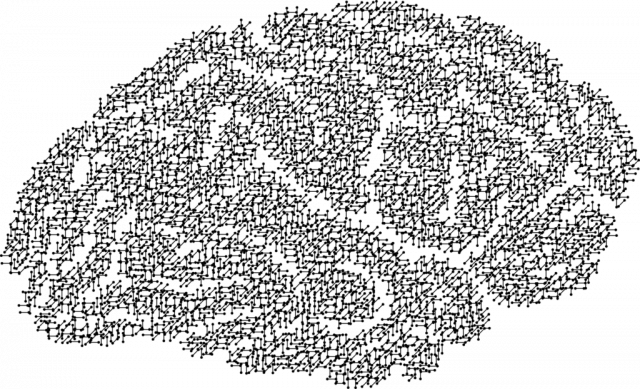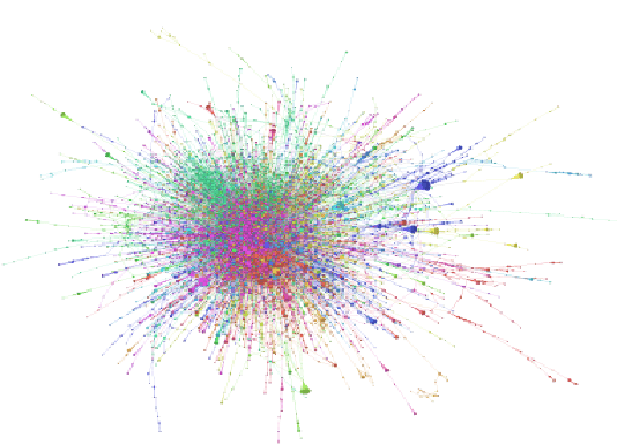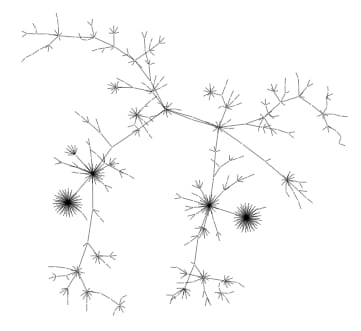A List of Machine Learning (ab)Use Cases

I keep thinking of interesting use cases for Machine Learning at various stages of its development (near and more distant future), and I figured I’d capture them.
I’ll also include common ones and interesting ones I’ve heard elsewhere.
Extract faces from video, and tell you 1) if they’re known criminals, 2) if their agitated in some way that could indicate a future problem, 3) what their current mood is, 4) if they’re gay or straight, 5) how smart they’re likely to be. All these things will be compiled into various predictions of behavior.
In addition to facial recognition, analysis will be done on the entire presentation of a human as they move through public places. This means their clothing, their body language, their gait, their facial expressions, any voice data that can be consumed and parsed for emotion, etc. All these will further enhance the prediction algorithms.
Realtime translation of what’s being said by someone in another culture or language (or even your own), with the option to adjust how much it interprets other signals like body language, tone, facial expression, etc. to augment the translation (Saša Zdjelar).
Public conversations will be parsed in realtime in public places, and sensitive content will be extracted and tied to individuals for the purposes of preventing crime. This will start out as terrorism prevention only, but will eventually make it down to regular crime as well. Not only will this be simple parsing of conversations via NLP and voice recognition, but analysis of the voice and tone will be combined with the content (and the person) to identify possible threat actors.

Analyze a large population of people in a popular public place and determine what the current fashion is at any given moment, and then based on how it’s changing predict what it will be soon (Benedict Evans).
Many of these might be disturbing for whatever reason. I’m capturing what’s inevitably going to be possible and implemented, not the moral implications thereof.
Analyze an industrial process that involves humans (or not) and identify opportunities for improvement (Benedict Evans).
Listen to the sounds in a household and recommend actions based on hidden problems. If there is tension in the air between two people (they’re stressed because of work, or they’ve had a fight), recommend a de-escalation technique to relax both sides.
Notice when someone is getting tired while reading or listening to something (based on observing their attention) and make adjustments to the content they’re being shown, e.g., make the text larger, add color to key points, slow the audio down or make it louder, or add pitch variation or an additional narrator voice, etc.
Read everything produced on the internet and surface great content that would have gone unnoticed otherwise >. Basically, Crawlers + ML -> AI Reddit. You train the algorithms with content that everyone loved that was surfaced organically, and then find content that has the same je ne sais quoi on random blogs and podcasts with no followers. The result is the meritocratization of content.
Listen to speech patterns and identify early signs of dementia and other cognitive diseases.

Observe students while they read, write, play, and take exams, and then build them a custom curriculum based on the best ways for them to learn.
Watch a farm’s crop from above using drone footage and custom-build fertilization and pesticide treatment plan.
Using 360 degree sensors mounted on every person, monitor one’s surroundings 24/7, and alert the wearer of dangers around them, e.g., someone following with the intent to mug or attack them.
Using 360 degree sensors mounted on every person, monitor one’s surroundings 24/7, and alert the wearer when there is an opportunity for serendipity nearby, e.g., meeting a new lover, or making a business contact, based on shared interests or mutual acquaintances.
Parse all your activity for a given year, including what you read, watched, enjoyed, etc., and then build a customized Serendipity Calendar that incorporates the types of events you’d love, restaurants you should try, people you should meet, shows to watch, etc. They’re all automatically placed on your calendar, and you just trust the system, do the events, and marvel at how much delight you get from it.
Using 360 degree sensors mounted on every person, monitor all interactions with people and tell the wearer when the people around them are being deceitful, shy, flirtatious, or careful. When combined with A/MR this will allow for skins showing these various attributes in the regular field of vision.
Play the perfect song at the perfect moment, based on understanding the history of everyone present, key pauses and moments where it would have the most impact.
Optimize recommended route choices based on whether you’re in a hurry or have time to enjoy yourself (Saša Zdjelar).

Monitor the world’s telescope arrays (including amateurs’) for asteroids that could pose a threat to Earth. It’ll be like SETI, but for asteroid detection.
Review accounting records and detect fraud and abuse.
Monitor web traffic logs and detect which connections are bots, which are users attempting to do something fraudulent or malicious, and which are legitimate users.
Watch a workplace and find the correlations between healthy, productive employees and their behaviors vs. lethargic, underperforming employees and their behaviors. Then recommend policy changes to make the company more productive.
Monitor a company’s constantly updated data lake and detect malicious insiders, malicious external attackers, insecure configurations, dangerous business workflows, improper security controls around sensitive data, etc., and then recommend the controls that (based on up-to-date data for your type of organization) would reduce the most risk. Essentially, CISO as an Algorithm.

I wrote about many of these in my book titled The Real Internet of Things.
The unifying concept is the ability to use trillions of eyes and ears to constantly observe our universe in a way that humans never can, and then to find the patterns in that data and use it to improve human lives.
The primary themes here are ultimately oriented around human flourishing, and they are:
Detecting threats before they carry out their attacks.
Finding opportunities to improve or optimize a process.
Identify what makes humans happy, and find ways to nudge us in that direction through recommendations.
As many of the examples show, however, the technology can and will be abused. The tech itself will help achieve goals, but it’s up to us to make sure we’re trying to achieve the right ones.